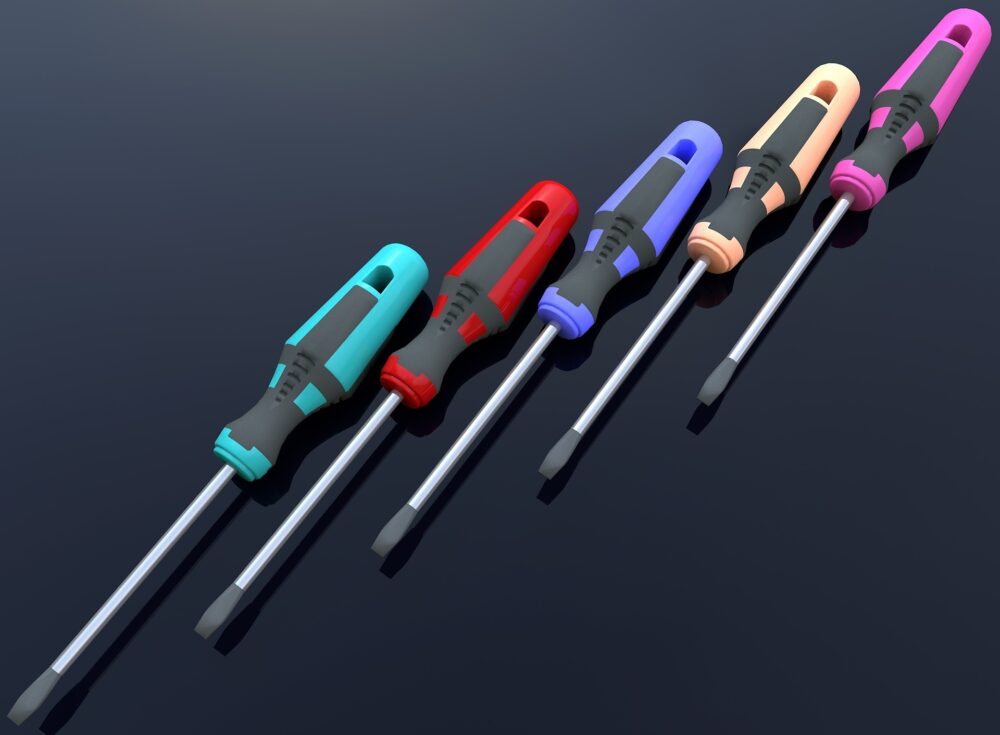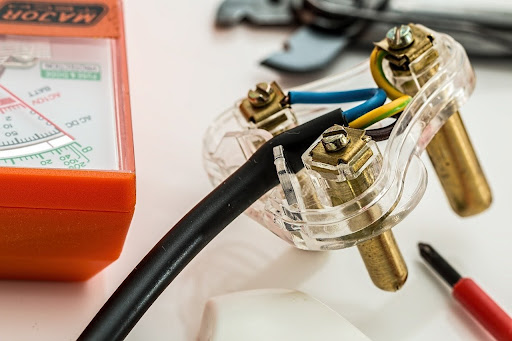When DIY Is Dangerous: Common Home Improvements That Require a Professional
We all enjoy the feeling of pride after we complete a difficult task. DIY home improvements are satisfying and save us money—most of the time. There are a few projects that require a skilled hand and knowledge not acquired via a YouTube tutorial. Here are some common home improvements that are best left to the professionals.
Remodel. Even if you feel fairly savvy after watching a bevvy of home improvement shows, trying a remodel yourself can be an expensive undertaking, particularly if you’re out of your depth. The last thing you want to do is to accidentally remove a load-bearing wall in your attempt at an open-concept floor plan.
HVAC. Your home’s heating and cooling system is made up of hundreds of moving parts and potentially dangerous chemicals. You should never attempt to repair an HVAC system on your own. A professional HVAC technician will have access to special tools as well as mechanical licenses required to complete repairs.
Roof repairs. There are several reasons why you should not attempt roofing repairs, the most notable being the danger of falling. A steep roof requires specialized harnessing equipment (that DIYers don’t have) to navigate safely. Furthermore, since the roof is literally your home’s protection against the elements, you don’t want to make any mistakes. Even seemingly small issues, such as missing shingles, could be signs of deeper problems, including wood rot.
Mold mitigation. Mold is a common issue that hides until it is serious. Not only is it a potential health hazard, but mold can significantly damage the structure of your home. Contrary to popular belief, this fungi can’t be killed simply by spraying bleach on the affected area, as it often runs far below the surface into the walls, insulation, and frame.
A professional mold-mitigation company will perform a whole home inspection and give you a full report. Once issues are identified, they will do whatever it takes to contain the contaminated area. The mold cleanup process includes using an EPA-approved mold killer and HEPA filtration system. Your home’s HVAC system will also be sterilized.
Likewise, if your home was built prior to 1980, it may contain asbestos in siding, insulation, and ceiling tiles. Asbestos can cause serious respiratory issues, and you won’t always be able to find asbestos with the naked eye. Suspected fibers should be sent to a lab for analysis.
Plumbing problems. Plumbing problems are some of the most difficult to fix without previous experience. Your plumbing system can also affect other areas of your home. A qualified plumber will know how the system works and will have the tools and expertise to fix issues without causing further damage. Everything from drain cleaning to toilet replacement must be done in a specific way to ensure the water that’s supposed to be in your pipes doesn’t wind up inside the walls or all over the floor. Even a small leak can result in detrimental long-term damage. You can find reliable plumbers by searching for “plumbing services near me” and going over customer reviews and grades.
Electrical issues. There are a number of warning signs that your home is experiencing electrical issues. These include overloaded circuits, electrical shocks when touching appliances, hot ceiling fixtures, flickering lights, and malfunctioning electrical outlets. Even small miscalculations can become a fire hazard, putting your home and family at risk.
No home improvement project is worth trying to tackle if it puts your well-being at risk. Not to mention some DIY projects cost more than it would to pay a professional from the beginning. And the last thing you want to do is to make changes that adversely affect the appraisal value of your home. While this is not a full list of projects that require professionals, it’s a good starting point. The bottom line is that if you aren’t comfortable doing something, you should seek the services of a contractor or home improvement expert.
Image via Pixabay




